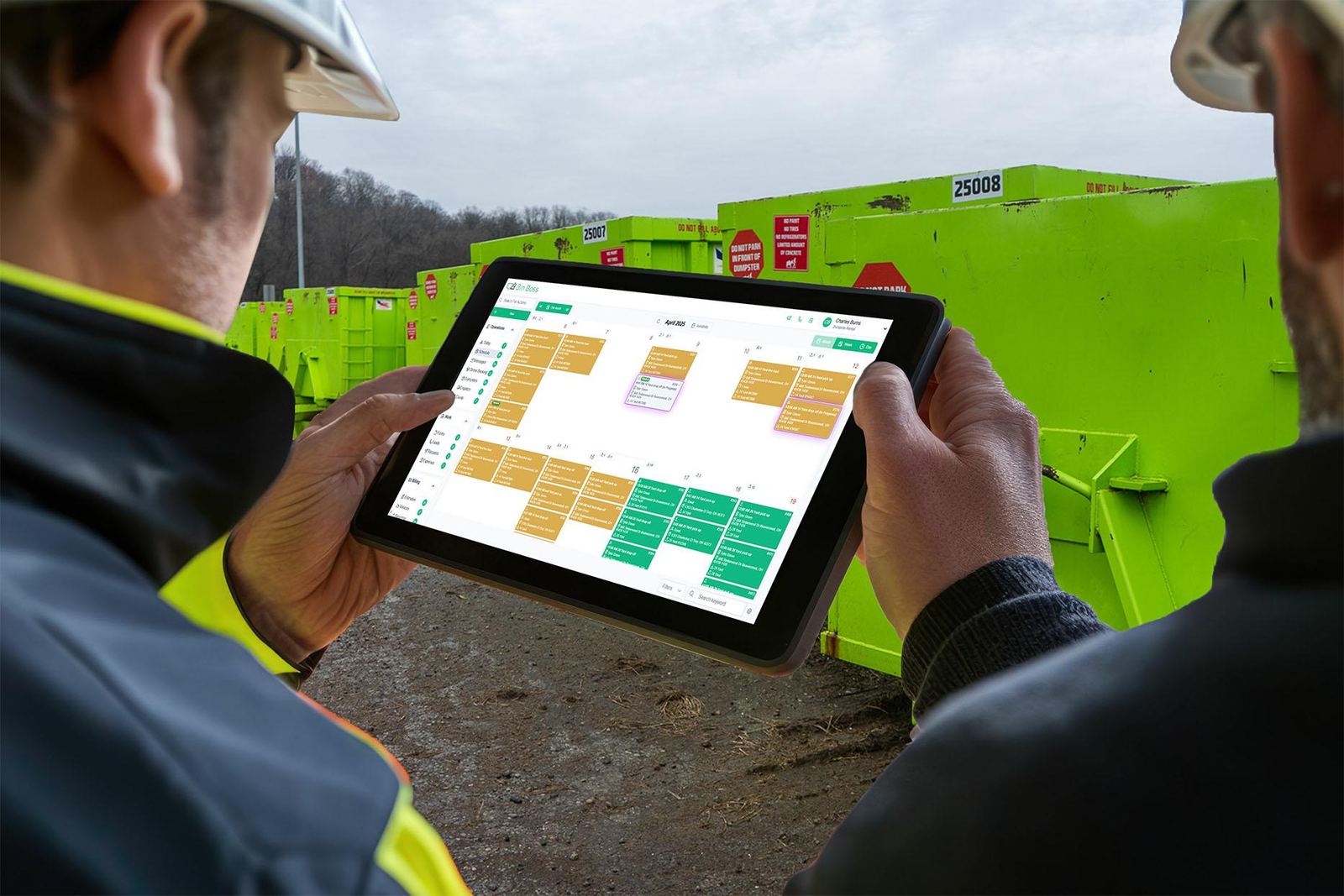An interior design proposal is a crucial document that outlines the scope of work, design concepts, budget, and timelines for a project. Whether you’re working with residential or commercial clients, a well-crafted proposal helps set clear expectations and builds trust. It also serves as a professional contract that protects both parties.
A strong interior design proposal template should include essential sections such as an introduction, client requirements, proposed design concept, pricing, timeline, and terms of agreement. By using a structured approach, designers can present their ideas effectively and increase their chances of securing a project.
Client Needs and Project Objectives
1. Introduction
Start with a professional introduction that highlights your experience, design philosophy, and previous successful projects. This section should create a strong first impression and establish credibility.
2. Client Requirements & Project Scope
Outline the client’s needs, preferences, and specific design goals. This section should cover details such as space utilization, color schemes, furniture choices, and functional aspects of the design.
3. Proposed Design Concept
Describe your vision for the project, including the design style, mood boards, and material selections. You can also include reference images and sketches to give the client a clear understanding of your ideas.
4. Budget Estimation
Provide a detailed breakdown of costs, including:
- Consultation fees
- Material costs
- Labor charges
- Miscellaneous expenses
This helps clients understand the financial aspects of the project and prevents misunderstandings later.
5. Project Timeline
Clearly define the project’s phases, deadlines, and estimated completion date. Breaking down tasks into stages will help the client visualize the progress and ensure smooth execution.
6. Terms & Conditions
Outline key contractual terms such as payment structure, revision policies, and responsibilities of both parties. This section ensures transparency and protects against disputes.
Best Project Management Software for Interior Designers
To successfully manage multiple interior design projects, using project management software can be highly beneficial. These tools help streamline workflow, manage client communication, track expenses, and ensure deadlines are met. Below are some of the best project management software solutions for interior designers in 2025:
Cone
Cone is an intuitive project management tool that helps designers organize tasks, track project progress, and collaborate with clients effectively.
Asana
Asana is widely used for task management and project tracking, making it a great choice for interior designers managing multiple projects simultaneously.
Trello
Trello’s visual Kanban boards make it easy for designers to track design stages, material procurement, and client approvals.
Notion
Notion is an all-in-one tool that allows designers to create project dashboards, store design inspirations, and manage tasks efficiently.
Jetpack
Jetpack provides workflow automation and client collaboration features, making it ideal for design firms handling large-scale projects.
ClickUp
ClickUp offers customizable templates and time-tracking features, helping designers stay organized and meet project deadlines.
Zoho Projects
Zoho Projects integrates with accounting tools, making it perfect for designers who need to track project budgets and client invoices.
Karbon
Karbon is a team collaboration and workflow automation tool that enhances efficiency in interior design project management.
Hive
Hive offers AI-powered project insights and automation tools, helping designers stay ahead of deadlines and manage multiple clients effectively.
Basecamp
Basecamp is a simple yet powerful project management tool that helps designers communicate with clients, share files, and track project progress.
Why Use an Interior Design Proposal Template?
Using a pre-designed proposal template saves time, ensures consistency, and enhances professionalism. A well-structured proposal increases client confidence and sets the foundation for a successful project.
By integrating project management software into your workflow, you can further improve efficiency, maintain clear communication, and ensure seamless project execution.



